We went to Mexico during the week of Thanksgiving to celebrate Adriana’s 40th birthday. It was mostly a pleasure-oriented journey, with a lot of family visiting and recreating… but of course we can’t go anywhere without noticing things that often go unnoticed.
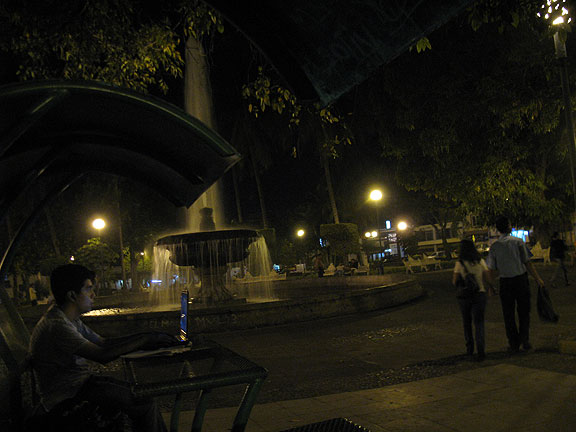
In the center of Colima's Jardin Nuñez sits a classic fountain, couples strolling, and public outdoor wifi booths for anyone to sit and browse!
I wrote about the new Freeway Revolt underway in Guadalajara over on Streetsblog, but even in sweet, sleepy Colima we found a Paseo Nocturno that happens every Tuesday night at 9 pm.
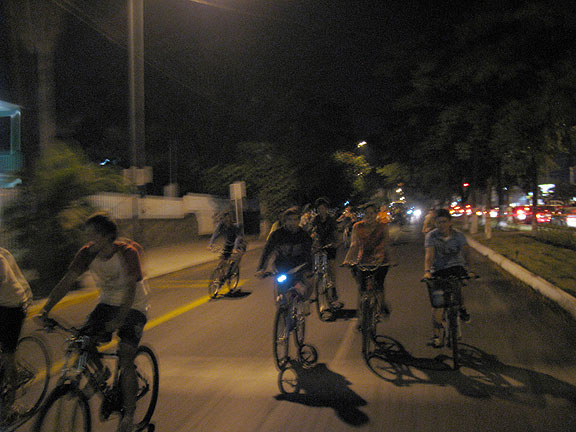
It's basically a Critical Mass, though not named as such--a weekly bike ride in Colima that started only in April 2010 and has already reached over 100 riders every week.
We didn’t know about the Paseo Nocturno until Adriana’s sister Ale told us about it when we woke up on Tuesday morning. We knew we had to go!
Adriana’s sister and her family live in Colima, the capital of the state with the same name, one of Mexico’s smallest states. It’s a beautiful small city, one that people who live there like to keep secret. If you ask them about Colima many of them will quickly tell you, “Ah, it’s nothing special!” but that’s just because they don’t want everyone to start moving there and turn it into a city like any other. The day before we arrived the former governor was assassinated, so there was a bit of a tense cloud hanging over the town, as many expected reprisals and didn’t want to catch a stray bullet. It’s no wonder that the drug wars would have found their way to Colima, since Mexico’s largest port is in Manzanillo, just a couple of hours away at the coast.
Colima sits in the heart of a super productive agricultural region (if you’re a regular papaya eater in San Francisco, probably they’re coming from Colima), and even the city streets are full of fruit trees.
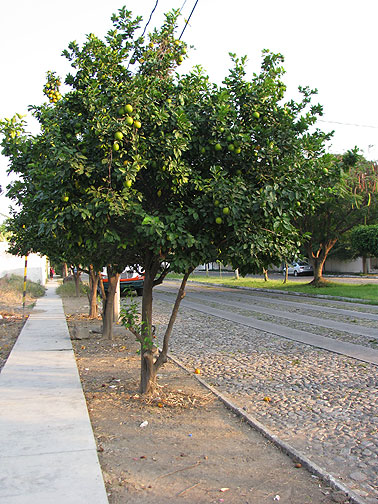
Lime and orange trees abound on Colima's streets. Note also the cobblestones with the car tracks in the middle of the street.
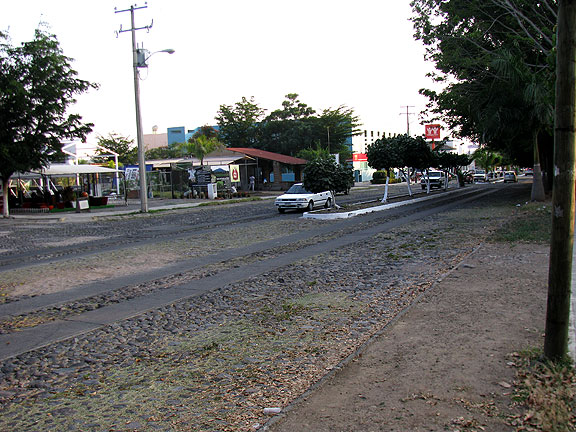
Apparently Colima covered their cobblestones with asphalt at one point, and then a few years later decided to tear it out again, because the heat caused by asphalt was too great. Also, by keeping the streets mostly in cobblestones, rainwater seeps into the aquifer instead of being channeled into the stormwater/sewage system.
One of the oddest things we saw in Colima as we strolled around was several places specializing in stem cell therapy. Here’s a couple of them:
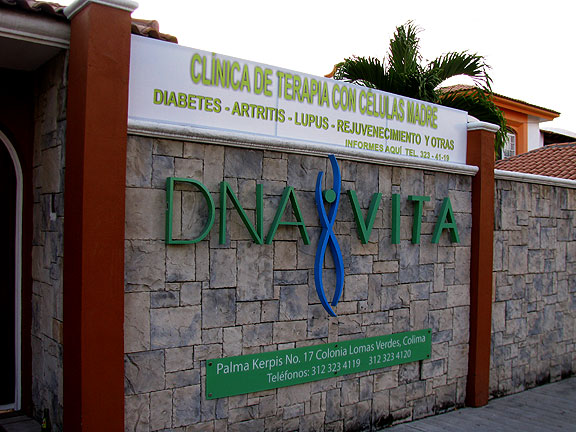
It seemed like a booming business in Colima, though we didn't meet anyone who could tell us about its extent.
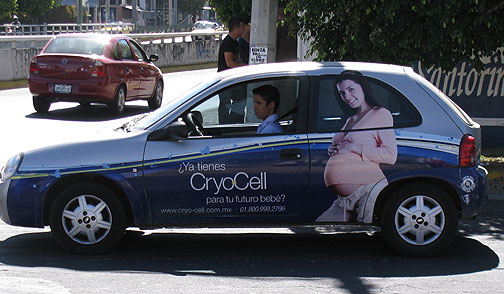
This car went by in Guadalajara a week later, same company, apparently determined to scare as many customers as possible into storing stem cells with them in the event of future illness.
One of the great pleasures of Mexico is walking around and finding surprises. We walked into the city center on our first night and heard there was a party going on to honor St. Cecilia, the patron saint of musicians, over in an old neighborhood called the barrio of health (Barrio del Salud). We found it after a bit of wandering and were delighted to sample the local specialty, Dry Pozole, before a big band came out and performed a lengthy set that got the whole neighborhood up and dancing.
Water is always a drama in Mexico. We had a fascinating Talk on November 17 at the Shaping San Francisco Talks series on “Watersheds Lost and Found” which included a presentation by Adapting to Scarcity on the dire situation with polluted rivers and excessive dam building along the Rio Santiago outside of Guadalajara. While walking around in Colima I kept seeing this “Faro de Agua” stores:
Mexico is full of fantasticallly beautiful natural areas of course. Not far from Colima is the gorgeous village of Nogueras, which happens to have an “Eco-park” in it, a one-time sugar mill converted into a park and museum after being the home of Alejandro Rangel Hidalgo, a famous painter, for several decades. You may recognize his kitschy children which were often used for UNICEF Christmas cards in the 1960s.
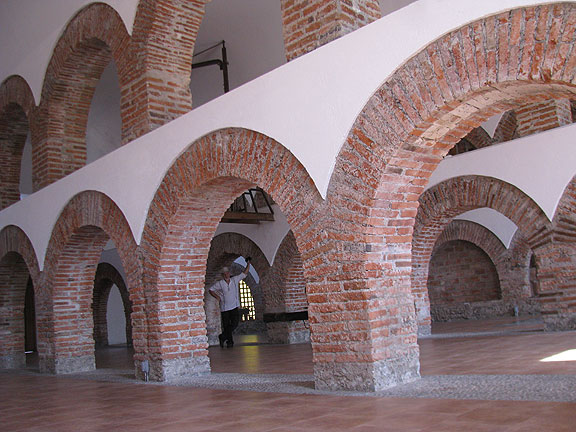
Inside the old sugar mill's production center, old arches no longer serve their original purpose, but sure look good!
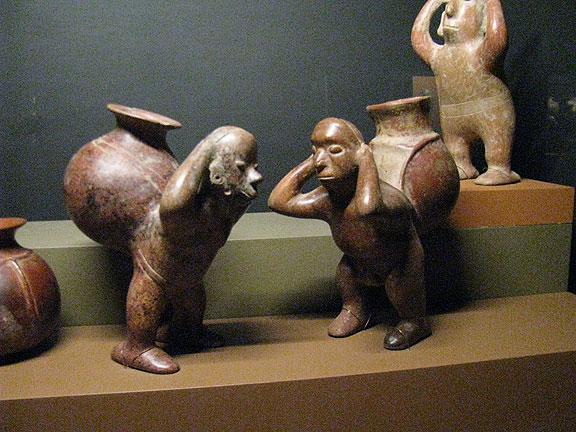
One of the best small museums I ever visited! Rangel benefited from the enormous number of pre-Columbian sculptures that abound in Colima. Workers in the area would constantly bring him items dug up during local building projects. The museum has one room dedicated to a modest display of local sculptures, following a trajectory through time. These water carriers were among my favorites.
After a couple of days we decided to indulge ourselves by visiting the Hacienda San Antonio, a place much closer to the Colima Volcano, a once-abandoned Hacienda that had been purchased and turned into a luxury hotel by Teddy Goldsmith and his wealth. The online site advised us that when it came to their dress code, we should think “indolent aristocrat,” so we had a lot of laughs through the hours we spent lounging around this spectacular spot, imagining that we were pulling that off!

The Colima Volcano, finally visible to us after being shrouded in clouds during the rest of our visit, as it would be again only an hour or two later.
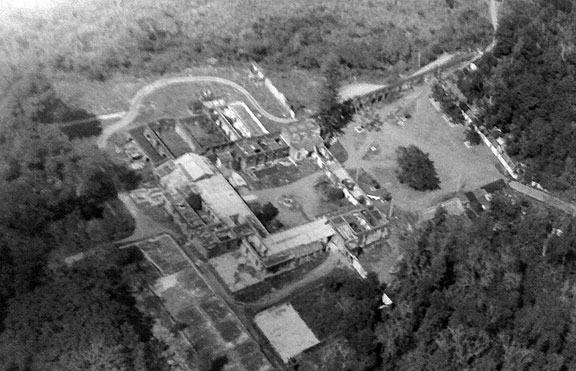
This is a historic aerial view of the place, before restoration. Note the aqueduct bringing water from the upper right-hand corner.
We got to sit languidly on the porch, eating our overpriced breakfast, enjoying this view:

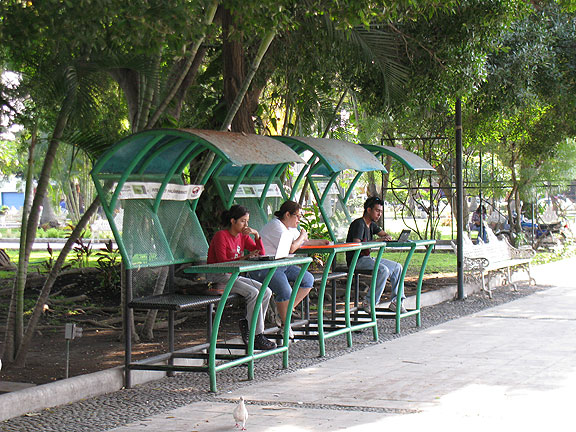
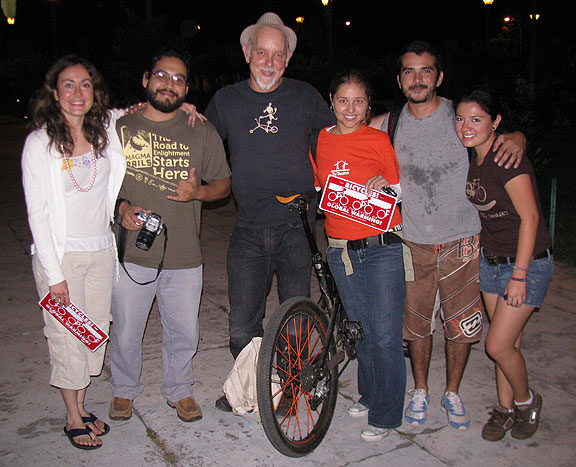
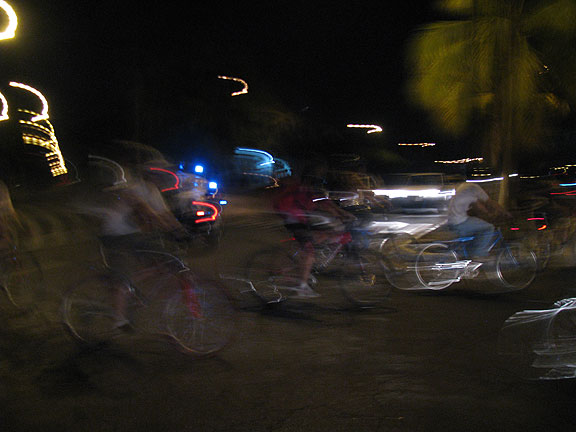

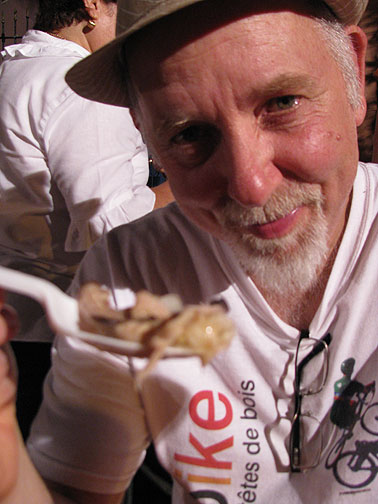
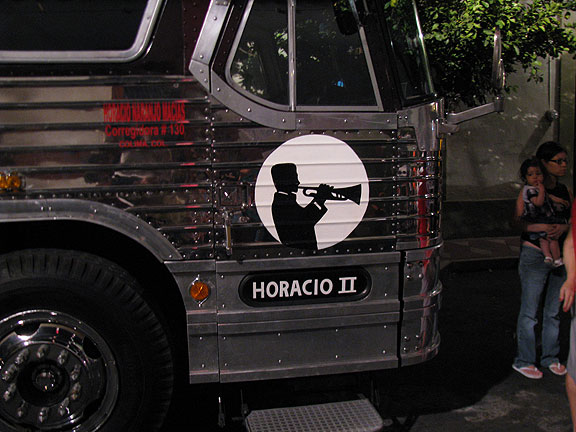
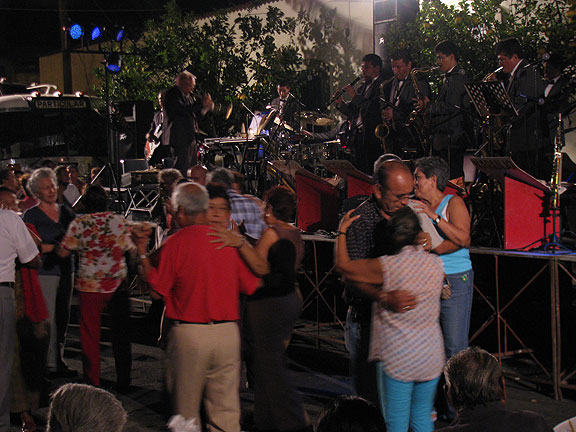
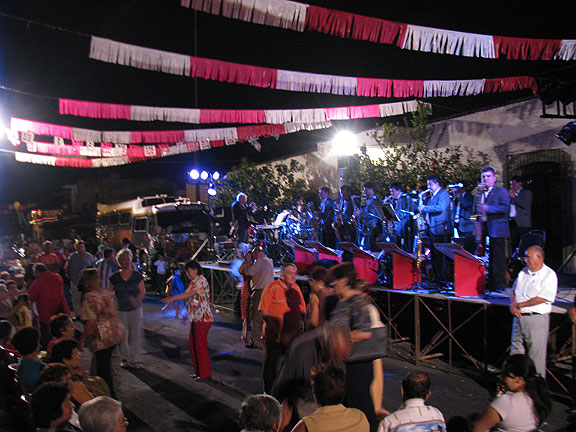


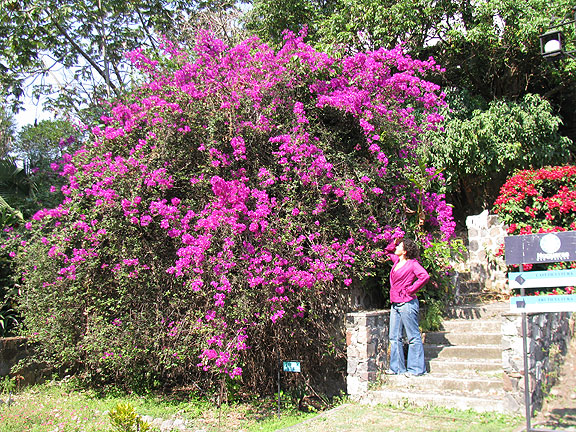
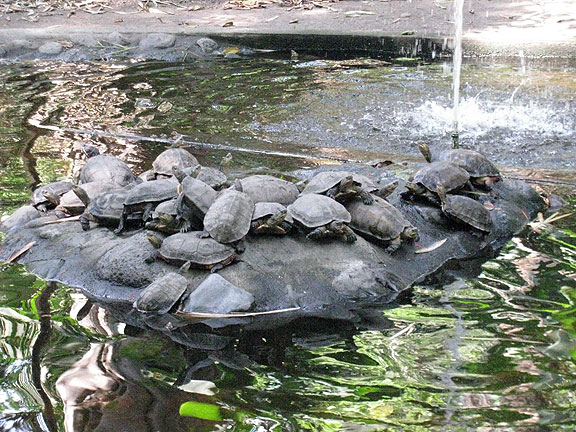
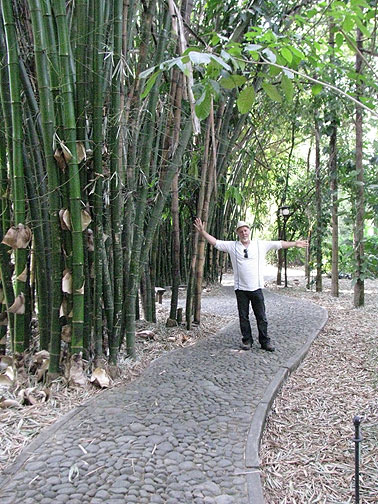
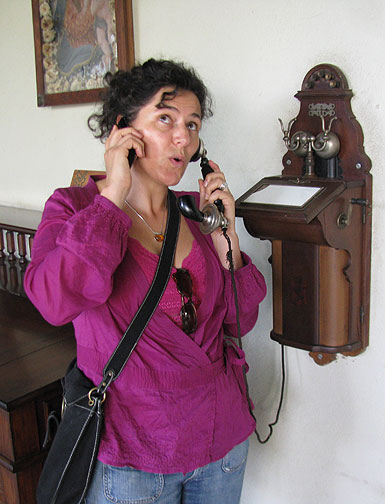
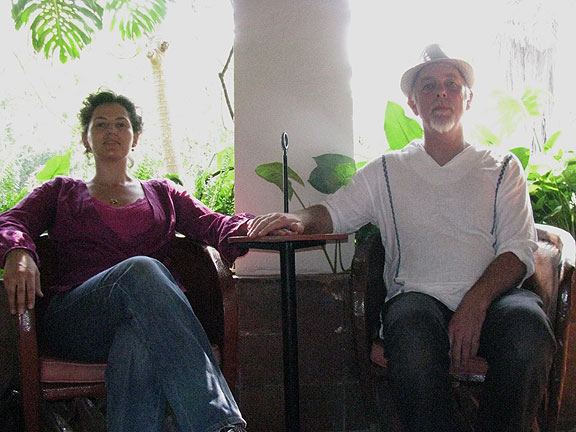
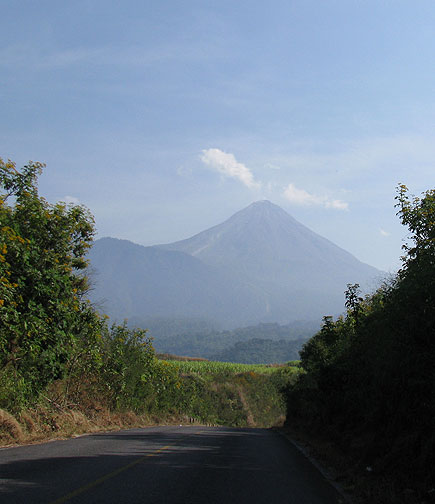
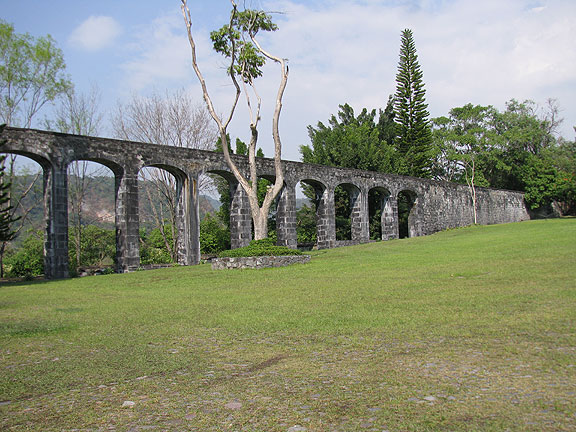
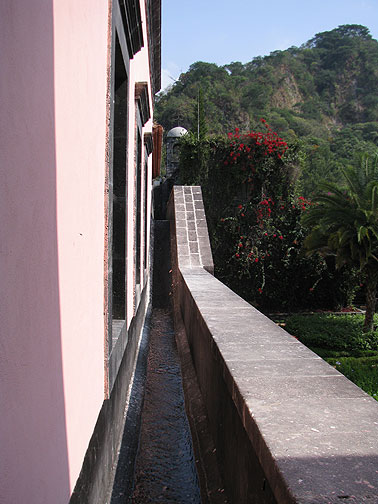
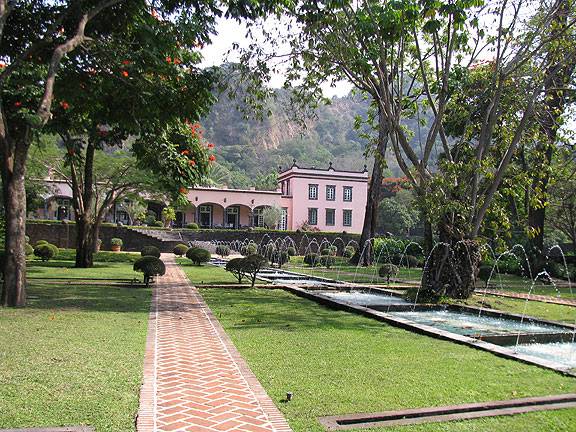
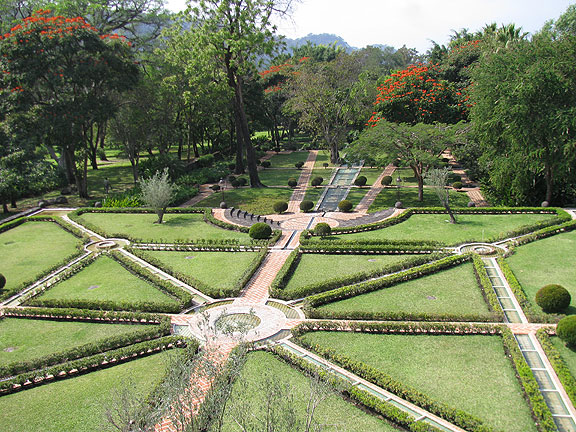
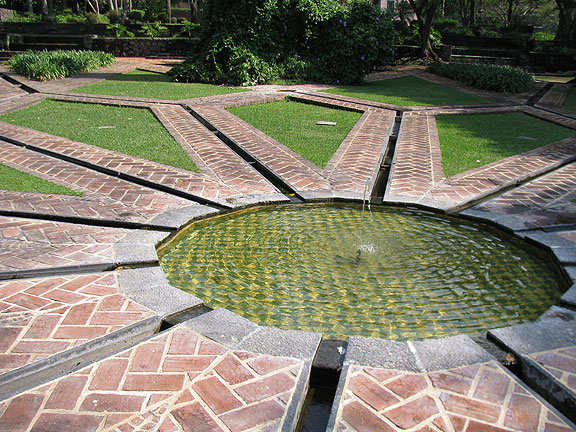
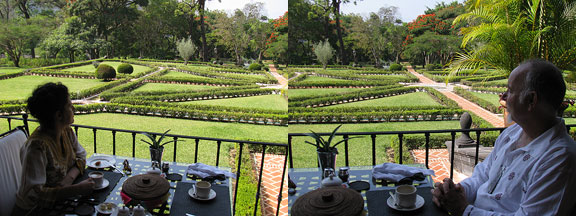
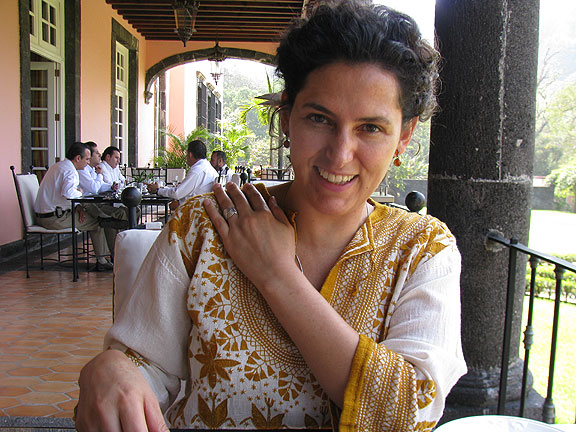
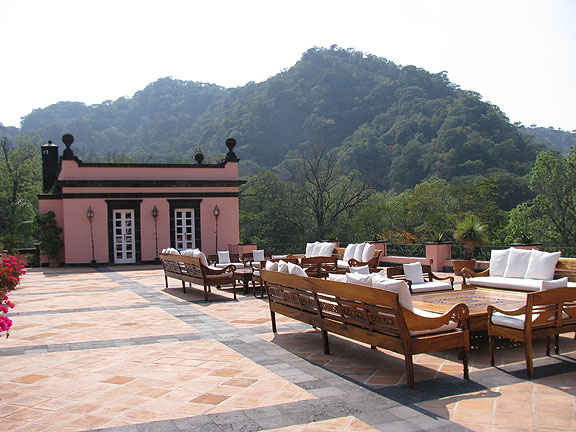
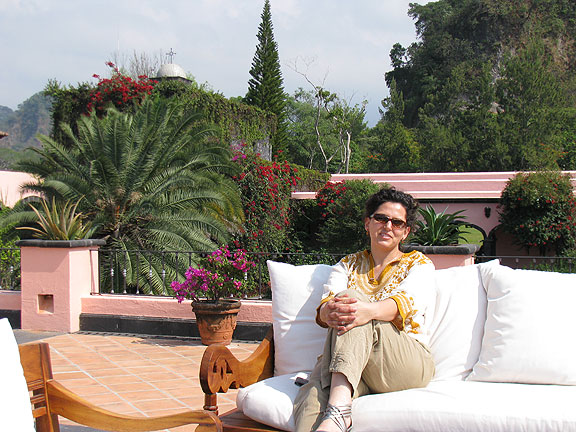
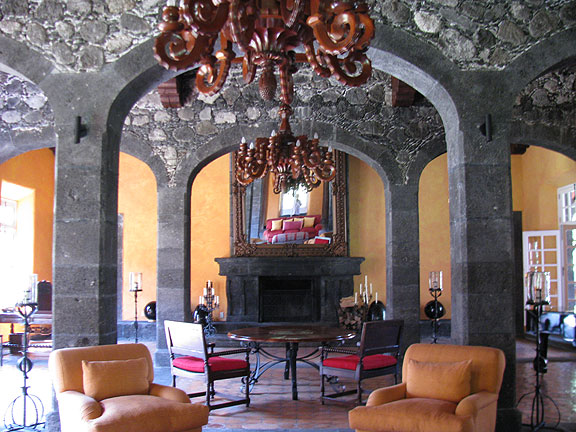
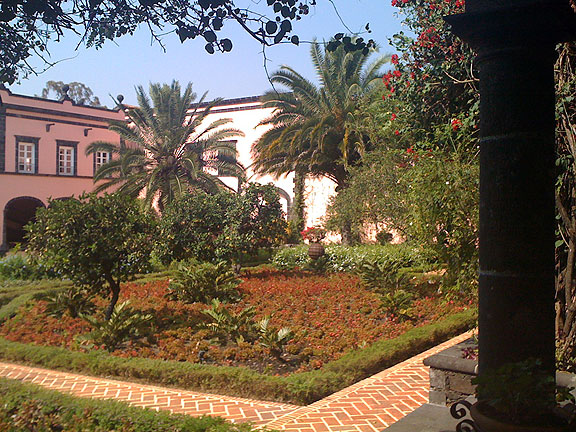
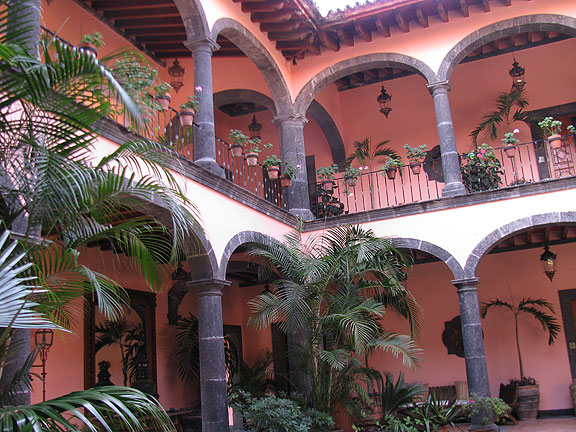
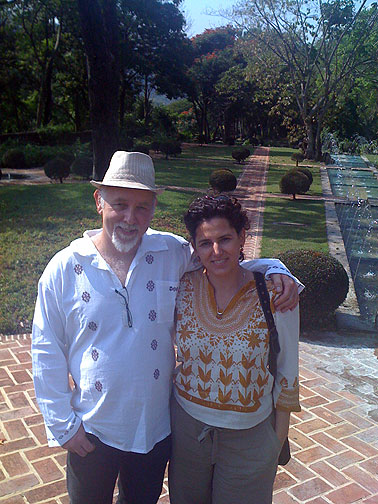











You should add that you read your book on the Fall of the Working Class during the 70’s on these grounds.